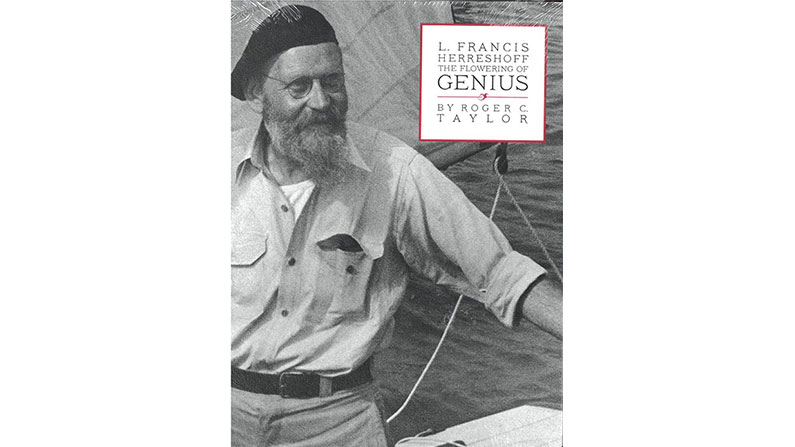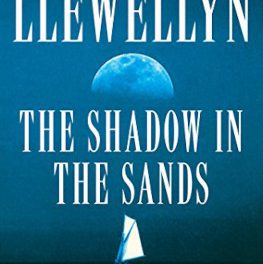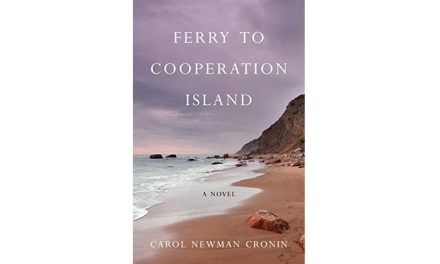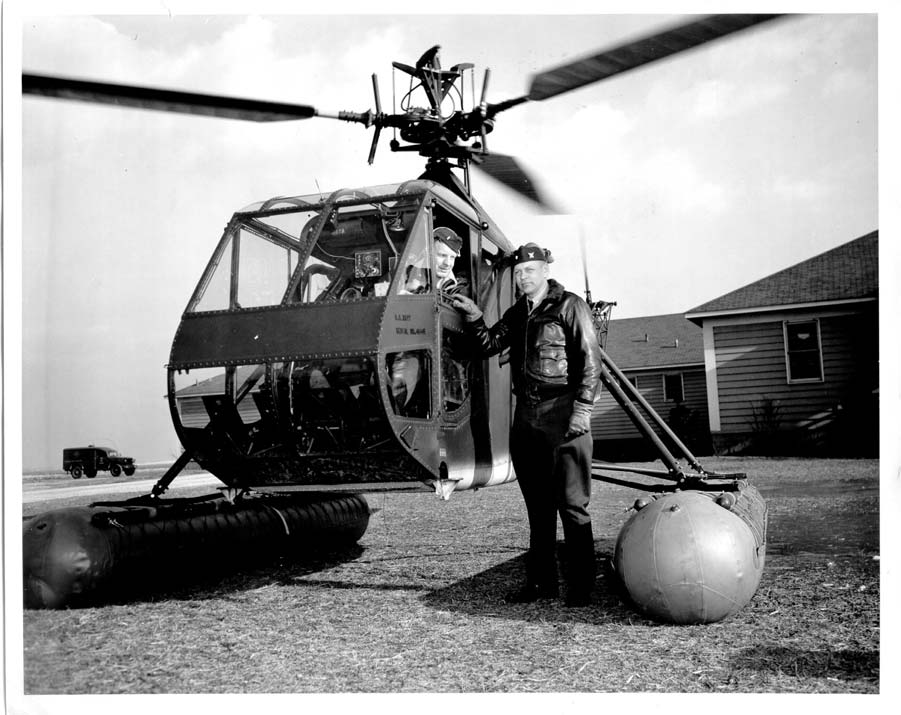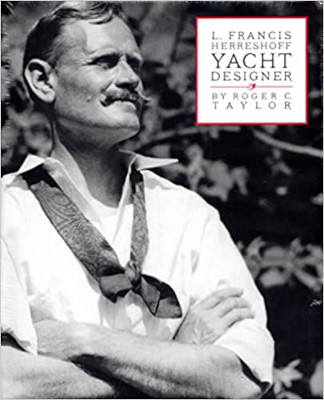
The amateur yachting historian has been blessed recently with a plethora of superb new biographies of prominent yacht designers. There is Martin Black’s weighty biography of George Lennox Watson, The Art and Science of Yacht Design, Llewellyn Howland III’s exceptional biography of Starling Burgess, No Ordinary Being, followed closely by Stan Grayson’s biography of C. Raymond Hunt, A Genius at his Trade.
The latest addition is the story of the early years of L. Francis Herreshoff by Roger C. Taylor entitled appropriately, L. Francis Herreshoff Yacht Designer. I say “early years” because this is the first of what will be a two-volume set. Volume one deals with L. Francis Herreshoff’s childhood, military service, and yacht design career up to the 1930 racing for the America’s Cup with the design and building of the America’s Cup contender, the J-boat Whirlwind.
I expect that when most of us think of L. Francis Herreshoff today we think of the man in his later years, the bearded Monty Woolley character somewhat set in his ways and distrustful of new materials and ideas such as fiberglass, which he is reputed to have dismissed as “frozen snot.” It is also his later successes such as Ticonderoga and his clipper-bowed or canoe-stern classic cruising boats that come to mind. This later L. Francis is the person who evolved after that devastating 1930 America’s Cup campaign. The L. Francis that emerges in this story of his early years is a much more innovative and adventuresome individual who made his mark in the world of yachting by designing innovative winners in the R, Q, M, and ultimately J classes of the Universal rule, and who championed the introduction of the extreme 30 Square Meter class into the U.S.
This was a designer who had to work out of the shadow of a dominating father who just happened to be the greatest American Yacht designer of the day. Nat Herreshoff thought his youngest son was more suited to manage the family farm than design boats, choosing instead Francis’ older brother to eventually manage the family business. In that respect this book works on several levels, dealing with Francis’ personal struggles, not only with his own father from whom he would eventually earn grudging respect, but also with his difficulty working with people generally, and especially with those he did not like, as well as obliquely addressing his sexuality, since his dealings with women were also distant, prompting Grayson to ask the obvious question whether Francis was in fact gay. However, it is when dealing with the innovations that Francis introduced to sailing in the 1920s and 30s where the book is truly beneficial, from external SS tangs, glued box section wooden masts, longitudinal hull construction, molded hulls with 45-degree planking, solid foil-shaped forestays, rotating masts, etc.
During this period, Francis did design some exceptional cruising boats, which were to foreshadow his later work, as well as a number of remarkable designs that were never built. All of this is covered in remarkable detail by Taylor, who also chronicles Herreshoff’s early successes, such as with the R-Boat, Yankee, and her controversial successor, Live Yankee, and the development of his unique pointed stern on the Live Yankee, and later the Q-Boat Nor’easter V, M-boat Istalena, and others, and which was so prominent on Whirlwind.
What is also remarkable is the overlap between this book and the previous biographies listed above, with the intertwining of the lives of the three American designers. Francis started his design career working for Starling Burgess with whom he remained great friends, and Burgess, Herreshoff, and Hunt each was involved in the lead up to the racing for the 1930’s America’s Cup, all with different boats and syndicates.
What is also significant in this book, and in the others mentioned above, was the importance of the dedicated “patron” to these designers, individuals who would return several times to have boats designed to custom requirements, often in lean stretches, sometimes never to be built. This repeat business was of great importance, and in the case of Herreshoff usually resulted in long-lasting friendships.
If you too enjoy and appreciate reading about the history and development of yacht design and construction, this is a book that will fit very well into your library. I very much look forward to Mr. Taylor publishing Volume 2.
L. Francis Herreshoff Yacht Designer by Roger C. Taylor (Mystic Seaport Museum, 2015)

